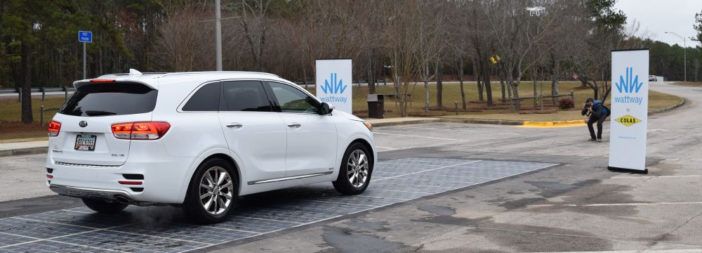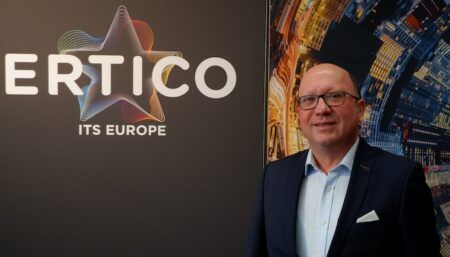The Ray, Georgia Department of Transportation (GDOT) and the Federal Highway Administration (FHWA) have formalized their initiative to create future highways infrastructure on the Interstate 85 transportation technology testbed.
The public-private-philanthropic partnership (P4) has signed a formal charter that defines their full commitment to working together on the living transportation innovation laboratory that runs along 18 miles (29km) of I-85, known as The Ray. Prior to the charter, The Ray and GDOT worked collaboratively and successfully for four years at the direction of two unanimous resolutions approved by the State Board of Transportation in 2014 and 2016. Since then, the successful partnership has demonstrated several high-profile technology and infrastructure projects, including the first solar road in the USA, the first drive-over tire safety station in the world, a solar-powered EV charging station, and innovative land management solutions. This charter solidifies that partnership and secures its future. It also adds the critical element of federal government involvement and support.
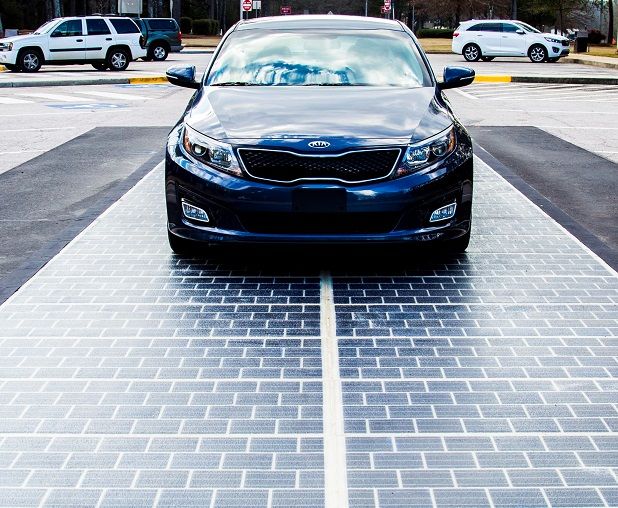
Named in memory of Ray C Anderson, a sustainable business pioneer, The Ray is a unique model for testing and scaling up the implementation of new transportation innovations and future-forward infrastructure, defined in the charter as: ‘a user-centered, open-innovation ecosystem that integrates concurrent research and innovation goals and processes within a partnership involving government, philanthropic, private sector and advanced technology organizations.’ The Ray Highway, its suite of innovations and the P4 model that enables the infrastructure, research and testing is a scalable, relevant and transferable blueprint for other states and even other countries.
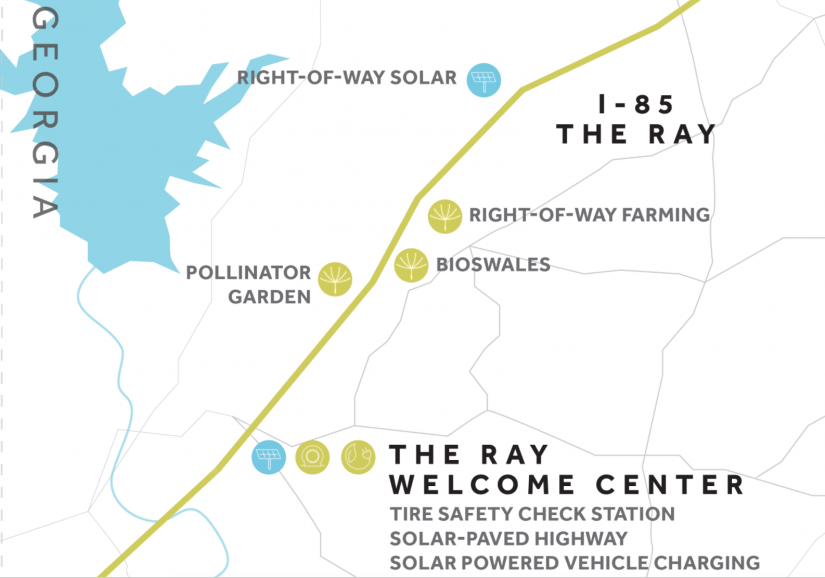
Last week, GDOT announced a joint project with Panasonic to test a vehicle-to-everything (V2X) data ecosystem along The Ray to provide a proof of concept for potential state-wide deployment. The trial aims to demonstrate that V2X technology can improve roadway safety, reduce traffic congestion, cut vehicle emissions and improve organizational efficiency. Using Panasonic’s Cirrus data management platform, GDOT will gain trial access to a connected ecosystem that constantly receives actionable information along The Ray and transmits critical roadway information between state traffic operators and vehicles equipped with V2X technology.
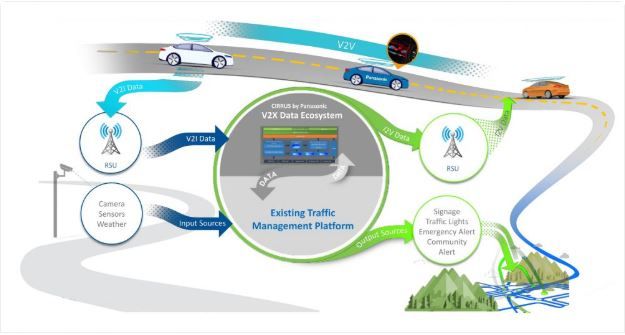
“The Ray is a unique opportunity for Georgia DOT and the entire state to lead during a time of great innovation and change in transportation,” noted Lynn Westmoreland, member of the State Transportation Board member. “This broad partnership is also an opportunity for Georgia to attract economic development, R&D, new jobs and tech start-ups in the transportation and infrastructure sectors.”
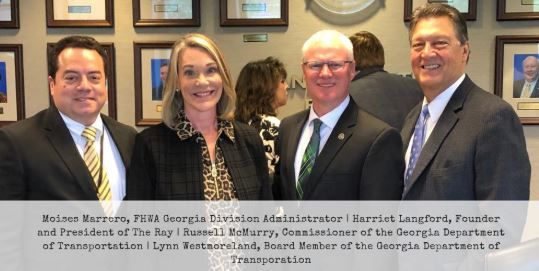
Harriet Langford, founder and president of The Ray, commented, “The Ray is the blueprint for the future of all highways. FHWA involvement will help us scale nationally and internationally what works and will maximize our impact. The Ray is just getting started. We’re fortunate to have the commitments and partnership of both GDOT and FHWA as we work together to shape our future to one that is safe, smart, and sustainable.”
The FHWA’s Georgia Division administrator, Moises Marrero, said, “Our partnership with The Ray and GDOT exemplifies FHWA’s commitment to support our State and local partners in advancing innovative technologies and practices to improve the safety and performance of our transportation system.”


